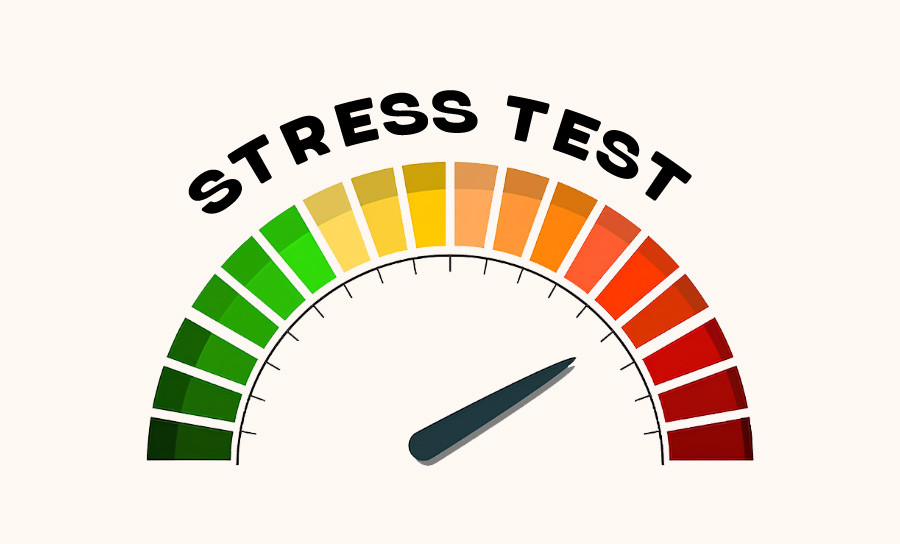
Are you ok with optional cookies ?
They let us give you a better experience, improve our products, and keep our costs down. We won't turn them on until you accept. Learn more in our cookie policy.

The Buy-to-Let (BTL) market has undergone a seismic shift, moving from a period of robust growth fuelled by low interest rates to an era fraught with uncertainty. The current landscape is defined by high interest rates, the highest seen in over 15 years, and an unpredictable trajectory for the Bank of England's base rate. This volatility casts a long shadow over the sector, despite the UK government's and central bank's efforts to stabilize the market.
Investors now face a challenging environment, where securing a profitable BTL investment is no longer straightforward. The expiration of existing mortgage deals is likely to expose landlords to significantly higher rates, while lenders are increasingly stringent in their application of stress tests and Interest Coverage Ratios (ICR). These tests, designed to ensure that rental income can cover mortgage payments even if interest rates rise, are becoming a formidable barrier for many.
Understanding the intricacies of stress testing is crucial for landlords, especially if they are on variable rate mortgages. These tests determine whether the rental income generated from a property—or from an entire portfolio in the case of portfolio landlords—can withstand potential increases in interest rates. Lenders are scrutinizing these figures more closely than ever, making it essential for investors to have a clear picture of their borrowing capacity before proceeding with new investments.
In this new reality, the buy-to-let market is increasingly characterized by caution and calculated risk, as landlords navigate a complex financial landscape where the rules of engagement have fundamentally changed.
The stringent combination of ICR requirements and stress rates is creating formidable hurdles for BTL investors, particularly in regions like London, where rental yields hover around 2.5% to 3.5%. In contrast, areas like the West Midlands, with yields between 6% and 8%, offer more breathing room. For portfolio landlords—those with four or more properties—the challenge intensifies. Lenders assess the entire portfolio’s ICR collectively, adding a layer of complexity that can complicate financing across multiple properties.

When lenders assess a Buy-to-Let mortgage, they focus on two key elements: the Interest Coverage Ratio (ICR) and the stress interest rate.What is ICR (Interest Coverage Ratio)?
The ICR measures how well the rental income covers the mortgage payments under normal conditions. Typically, rental income must cover between 125% to 150% of the mortgage payment depending on the product (asset type). For instance, if the mortgage payment is £1,000 per month, the rental income required could be between £1,250 for a vanilla residential BTL or up to £1,500 for semi-commercial properties.
Stress Rate
The stress rate measures how well the rental income covers the mortgage payments under stressed conditions and are applied depending on the rate format chosen:
Given this, borrowers may need to adjust their Loan-to-Value (LTV) expectations or explore more customized solutions. Specialist lenders, such as Novyy, play a crucial role in offering tailored financing options that align more closely with individual borrower needs and circumstances. These lenders provide a more personalized approach, addressing the specific challenges and goals of each client.